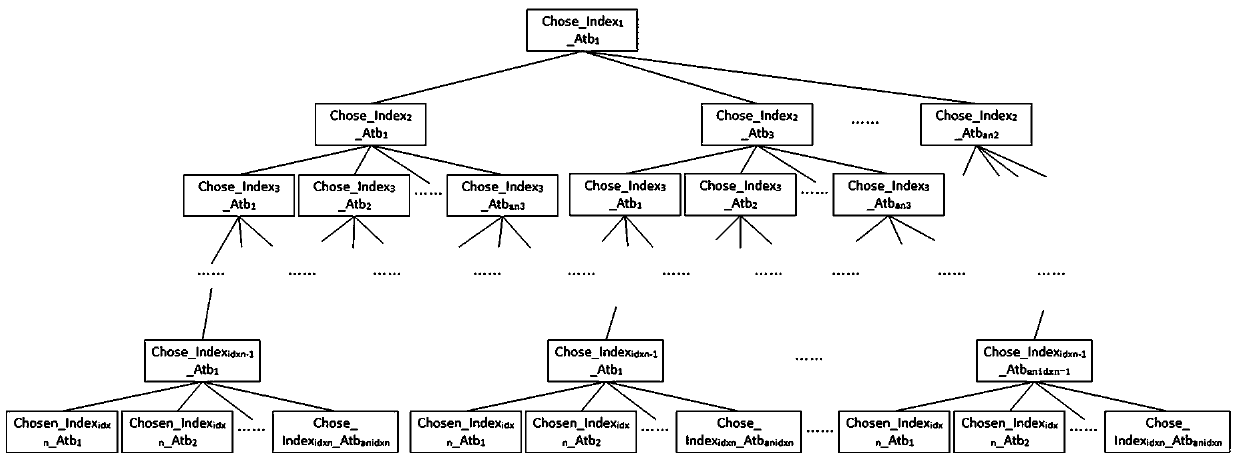Quantitative analysis method of regional talent demand based on big data
A quantitative analysis and big data technology, applied in data processing applications, office automation, instruments, etc., can solve problems such as reduced information reliability, data fragmentation, and long time consumption
- Summary
- Abstract
- Description
- Claims
- Application Information
AI Technical Summary
Problems solved by technology
Method used
Image
Examples
Embodiment Construction
[0271] The present invention will be further described below in conjunction with the accompanying drawings and embodiments.
[0272] The present invention proposes a quantitative analysis system for regional talent demand based on big data. The steps of the quantitative analysis method for regional talent demand based on big data are as follows:
[0273] Step 1: Collect data related to talent demand in the region
[0274] In this step, it is first necessary to clarify the collection target, accurately locate the data that can reflect the needs of talents among the various network data, and then determine the collection method according to the characteristics of the target data source. Therefore, this step consists of the following two phases:
[0275] Phase 1: Determining collection goals
[0276] 1. Determine the target data source type
[0277] The basis of talent demand analysis is data. High-quality, quantifiable data that can reflect regional talent needs in real time ...
PUM
 Login to View More
Login to View More Abstract
Description
Claims
Application Information
 Login to View More
Login to View More - Generate Ideas
- Intellectual Property
- Life Sciences
- Materials
- Tech Scout
- Unparalleled Data Quality
- Higher Quality Content
- 60% Fewer Hallucinations
Browse by: Latest US Patents, China's latest patents, Technical Efficacy Thesaurus, Application Domain, Technology Topic, Popular Technical Reports.
© 2025 PatSnap. All rights reserved.Legal|Privacy policy|Modern Slavery Act Transparency Statement|Sitemap|About US| Contact US: help@patsnap.com

